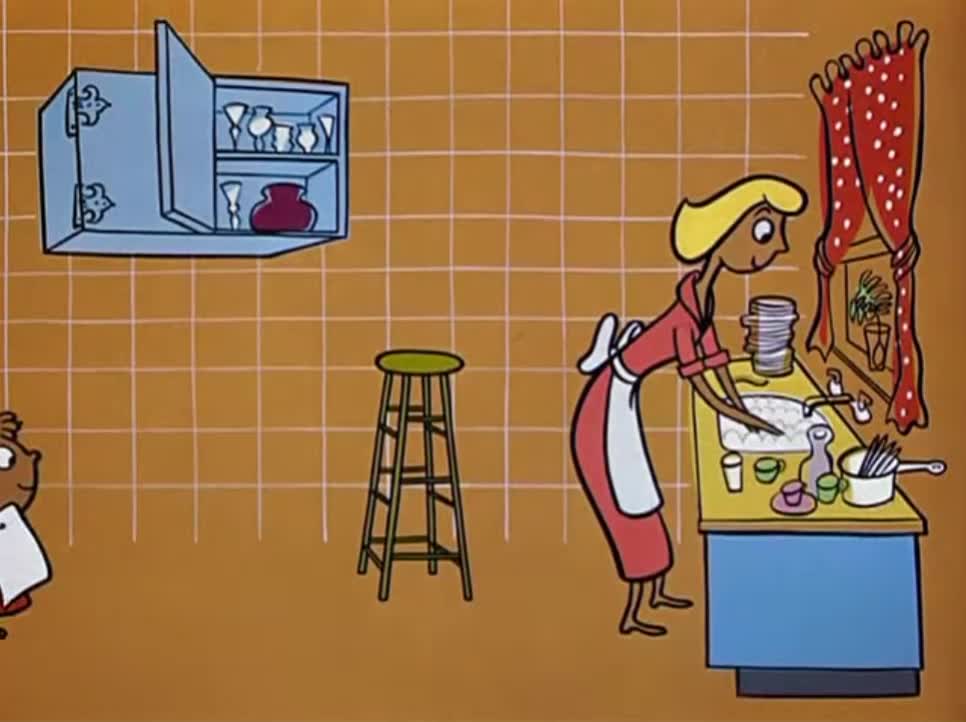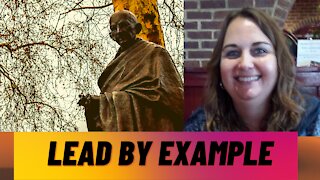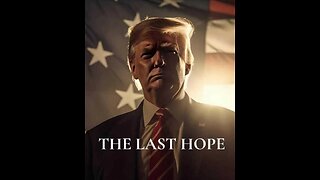Premium Only Content

Gerald McBoing Boing c. 1950 : Early example of "limited animation"
In the wake of the Disney animators’ strike of 1941, several staff members left the company. Among them was John Hubley, who believed that the medium of animation was constrained by Disney’s painstaking approach to realism. Hubley joined the emerging United Productions of America studio, where he would go on to create the iconic Mr. Magoo. He, together with other animators, would also break the mold in American animation and prove that animation could have as much variety as the imagination allows.
UPA introduced the concept of “limited animation,” which brought a modernist design to the medium. The studio used single blocks of solid color and a few lines to indicate a location, influenced by the flattened perspectives and bright colors of Picasso, Matisse, and other modern painters. This style would later be associated with Hanna-Barbera, which used the technique to save time and money, but it was UPA that made the choices that changed how animation was perceived. The creativity that was possible using limited animation was evident in Gerald McBoing-Boing, a short about a boy cursed to speak only in sound effects.
Produced by Hubley, directed by Bobe Cannon, and based on a story by Dr. Seuss, this short is the perfect showcase for the UPA style, masterfully using limited animation to deliver a modernist film that captures mood through a limited color palette and seamless editing between scenes. The short’s best transition comes after the titular Gerald gets home after being bullied at school. The color palette shifts to reflect his dejection, and when he runs away from home, he finds himself surrounded by black, a backdrop that evokes the woodcut backgrounds of the illustrator Lynd Ward.
https://www.vulture.com/article/most-influential-best-scenes-animation-history.html
UPA was founded in the wake of the Disney animators' strike of 1941, which resulted in the exodus of a number of long-time Walt Disney Animation Studios staff members. Among them was John Hubley, a layout artist who was unhappy with the ultra-realistic style of animation that Disney had been utilising. Along with a number of his colleagues, Hubley believed that animation did not have to be a painstakingly realistic imitation of real life; they felt that the medium of animation had been constrained by efforts to depict cinematic reality. Chuck Jones' 1942 cartoon The Dover Boys had demonstrated that animation could freely experiment with character design, depth, and perspective to create a stylized artistic vision appropriate to the subject matter. Hubley, Bobe Cannon, and others at UPA, sought to produce animated films with sufficient freedom to express design ideas considered radical by other established studios.
In 1943, Zack Schwartz, David Hilberman, and Stephen Bosustow formed a studio called first Industrial Film and Poster Service (later known as United Productions of America), where they were free to apply their new techniques in film animation. Finding work (and income) in the then-booming field of wartime work for the government, the small studio produced a cartoon sponsored by the United Auto Workers (UAW) in 1944. Hell-Bent for Election was directed by Chuck Jones and was produced for the reelection campaign of FDR. The film was a success, and it led to another assignment from the UAW, Brotherhood of Man (1945). The film, directed by Bobe Cannon, advocated tolerance of all people. The short was innovative not only in its message but in its very flat, stylized design, in complete defiance of the Disney approach. With its new-found status, the studio renamed itself UPA Pictures (UPA).
Initially, UPA contracted with the United States government to produce its animation output, but the government contracts began to evaporate as the FBI began investigating Communist activities in Hollywood in the late 1940s. No formal charges were filed against anyone at UPA in the beginnings of McCarthyism, but the government contracts were lost as Washington severed its ties with Hollywood.
-
 0:21
0:21
joey35
4 years agoEarly early morning
167 -
 2:24
2:24
Miss Sue's Skills 4 Success
4 years agoLead by Example #leadership
521 -
 0:05
0:05
Batman16
4 years agoEarly christmas
101 -
 0:59
0:59
"Nature Boy" Joey's Boxing Videos
4 years agoEarly Pad Work 2
4.24K -
 1:39
1:39
wilsonsamiano
4 years agoBodhi's Early Walk
54 -
 1:46
1:46
DebfurmNM
4 years agoEarly bird
20 -
 LIVE
LIVE
Dr Disrespect
4 hours ago🔴LIVE - DR DISRESPECT - TOP 10 HOTTEST DEMOS OF 2025
2,624 watching -
 LIVE
LIVE
Barry Cunningham
4 hours agoPRESIDENT TRUMP LIVE PRESS CONFERENCE!
1,769 watching -
 LIVE
LIVE
Badlands Media
9 hours agoMAHA News Ep. 48 - RFK Defunds GAVI, Bans Mercury Vax Preservatives, Insurance Reform
235 watching -
 LIVE
LIVE
StoneMountain64
3 hours agoIt's Rocket League but with HUMANS. This should be a sport.
384 watching